Introduction
Our settlement on Mars undoubtedly involves the settling a base, in order to later to create a place for humanity to survive in. However, the building and design of the base require a lot of different elements for the base to be suitable for life on Mars, as the Martian environment is very extreme and different from the Earth environment.
Building
For building the base, we have to decided to start constructing the base on the Martian surface upon arrival.
Since we will not be able to bring a massive amount of material on our spaceship to Mars, as it would take up a lot of space useful on other areas, we looked into the use of Martian material to build the base.
These include:
Regolith - Can be processed and made into bricks, or used as binding agent.
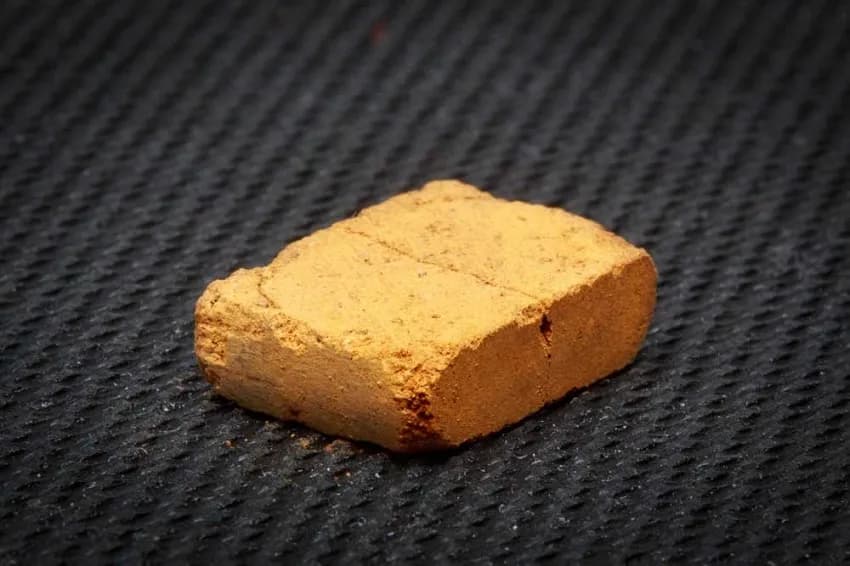
Martian Basalt - Suitable for structural components and foundations, can be shaped in various forms including 3D-printed structures.

Composite Materials - Combining different elements on Mars to enhance strength and ability.
Genetically modified fungi - Theoretically possible to form an interdependent ecological life system on the red planet. The system can help with "growth and sustenance of plant life with mycorrhiza and help with the construction of houses with mycelium" (Tolentino, 2023)
Regardless, we will still need to bring some constructional material from Earth to Mars, for helping us to settle our base on Mars.
Design
For the design of the base, there are certain criterias of which the design must fit in to provide a safe and livable space for the astronauts on Mars. For the design of bases, we These include:
- Smooth surfaces to prevent toxic dust from staying on the surfaces of the bases.
Smooth outer surfaces are more ideal for the Martian environment as Martian dust storms are often, and are toxic. Although dust being on the outer surfaces of the bases would not bring huge issues to the astronauts' health et cetera, it would be more a better option structure-wise as well.
- Protection from high radiation, temperature maintenance
Mars is lacking the magnetic field which protects the Earth from the strong solar radiation that both planets experience. Our base on Mars will need to include some sort of protection from the solar radiation, which the planet is unable to divert away. Our base also definitely needs a system of temperature maintenance. For this, we have looked into silica aerogel, a material which could "transmit enough visible light for photosynthesis, block hazardous ultraviolet radiation, and raise temperatures underneath permanently above the melting point of water, all without the need for any internal heat source." (Burrows, 2019).
With an around 2 to 3 cetimetre thick shield of this material covering our base, the problems of radiation and temperature will be resolved. The temperature of the base will be maintain, and the material will also block the base from the harmful radiation. (Burrows, 2019) (Tech2 News Staff, 2019).
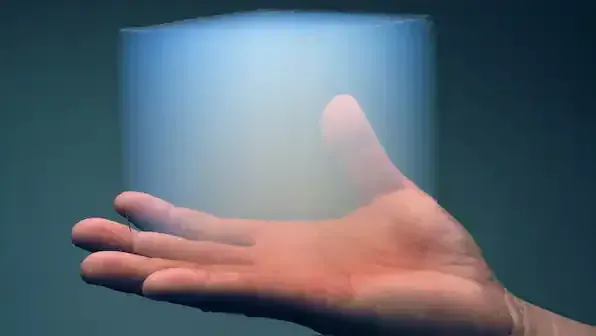
- Dust removal at entrance
As mentioned, Martian dust is toxic and harmful for the human body. While astronauts will be exploring around the planet, dust removal is essential to be installed at the entrance of the bases. For dust removal, we have decided to install electrostatic precipitators at the entrances of different bases. According to NASA's research on this, "An electrostatic precipitator works by capturing the fine dust from a gas stream while it travels between a pair of high-voltage electrodes. The electrodes induce an electrostatic charge on the dust particles that causes them to migrate to an oppositely charged electrode." (NASA, 2017). This technology will help us to remove dust most completely off astronauts or anything else entering the bases
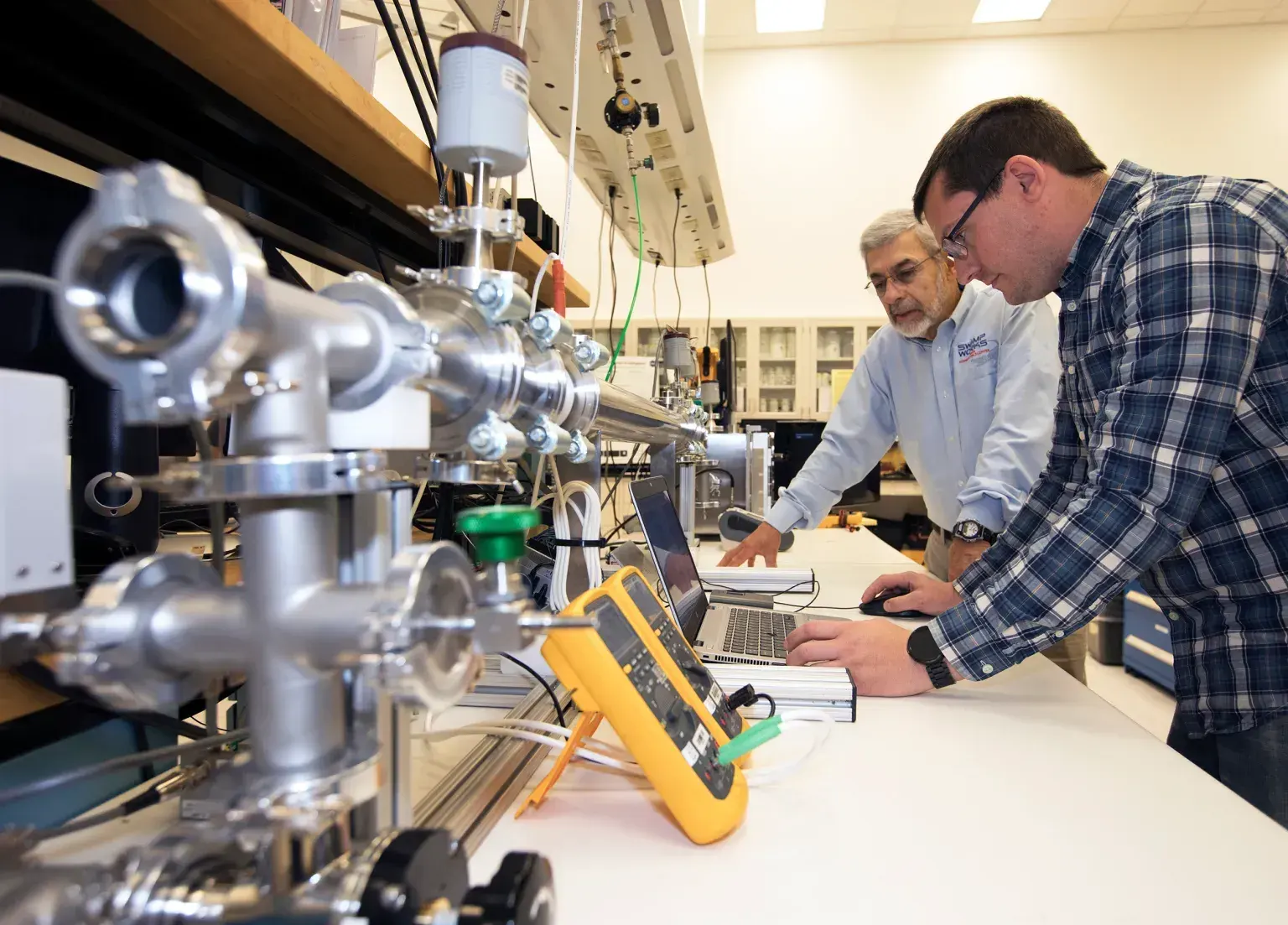
Structure
For the structure/layout of the base as a whole, we have looked into plans that have been made by other teams online. We looked into the structures of the bases made by other teams which considered different complicated factors of which are crucial for the structure of the base we will built on Mars. We decided finally however that the plan "Ideal City" made by Innspace is the most thoroughly considerate plan we found, and concluded that we will be incorporating their plan into the building of our Martian bases.
The figures below were retrieved from Innspace's "Ideal City" project:

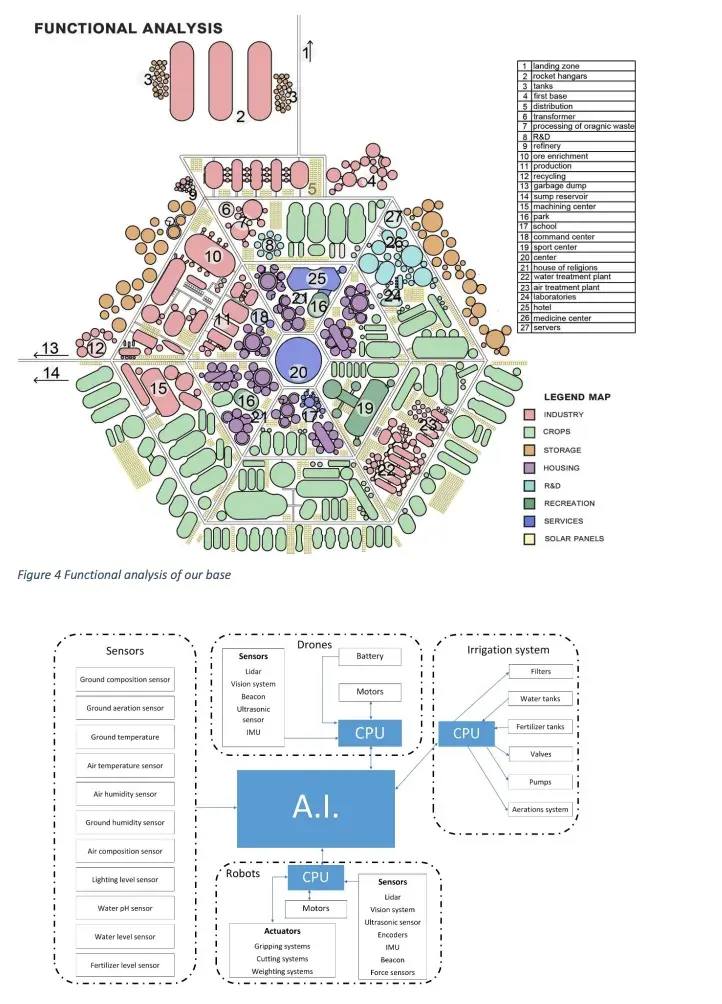
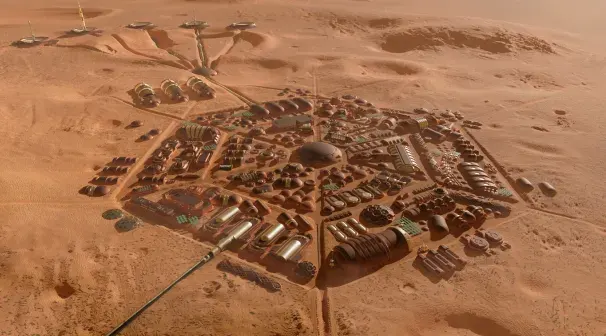

After looking at Innspace's Ideal City plan, we decided that this would be suitable for our settlement on Mars, meaning that we will be utilising this plan for our own settlement on Mars, combining with the dust removal technology mentioned above at the entrances of the base. (Innsapce Team, 2019)
Electricity Production
It is essential for our base on Mars to have a supply of electricity to power different things needed. For this, we aim to utilise the power we gain from solar panels, which will be installed above the silica aerogel to collect the solar energy needed to power our base. Wind power could also be another source to compensate the need of energy when solar power is unavailable. For example, during storms and winter, wind power can supply the base's need of electricity. (Physics world, 2023)
Gravity
The base will also help to solve the problem of Gravity on Mars. The importance for solving this is shown in Ship & Journey.
On Mars, an adaptive system will be used to slowly get the crew used to Mars's low gravity, under medical supervision. This system will use metal plates, which will increase the mass of the astronauts until they are under Earth-like conditions. Both the weight of the plates as well as the time spent wearing the plates can be decreased over time, hopefully leading to an adaptation to Mars' gravity.
Since this cannot be used in space, this adaptive system will only be used on Mars. Furthermore, a centrifuge on the base will act as a sort of backup, allowing for more comfort in times when that is required, such as during rests and sleeping hours.